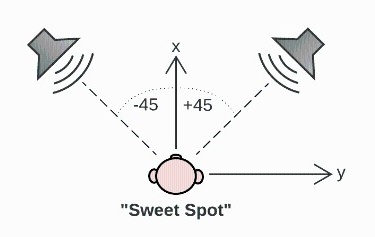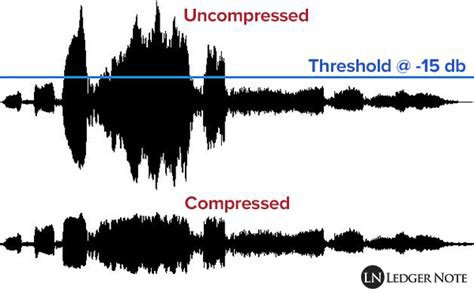Volume and panning
There are not many formal definitions for what the volume of sound means. “volume is usually used as a synonym for loudness” (Carnegie Mellon University, n.d.) I would personally say that one informal definition is – volume is the level of a sound which can also be heavily linked to amplitude.
I would say that panning is adjusting the volume of left and right in a stereo output. I would also say that adding panning to a mix can make the sound seem like it had great depth to it. panning can look something like this:

EQ and frequency ranges of instruments

Shown above is the EQ and frequency range for an acoustic guitar, when EQing an acoustic guitar you would usually want to boost the presence, strings, body and fullness but cut the air, sub bass and boom which will remove the harsh frequencies from the overall sound.

To EQ a bass guitar you would usually roll off the muddiness up to 250HZ, boost the punchiness and roll off the airy high ends.By doing this you will hear such a difference in the clarity and sound of the bass.
Compression

I would say that compression is reducing the amplitude of a sound by doing a threshold which is like a limiter to how loud the sound can be, a compressed guitar usually sounds like everything’s around the same volume level whereas a singers voice compressed can barley be noticeable.
Reverb and delay
Reverberation is where an instruments sound waves bounce off of a wall or object from a long/medium distance, this is why different reverb are named after spaces like hall or room reverbs. reverb can also sound like an echo which is not to be mixed up with delay.
Delay is where a sound is re played after a certain amount of time after the original sound is played. this can also be played back a number of times and make the original sound seem like its warped or even change the sound all together.
Using plug-ins on the main mixing bus
When using a plug in like reverb or a noise gate through a main mixing bus it will add this plug in to all of the instruments that are on the bus, for example you could have a vocal bus which is all the same singer, if you added a wet reverb it would get sent to all of the vocal takes which are in that bus rather than wasting time adding them all separately.
Bibliography
Carnegie Mellon University (n.d.). Loudness Concepts & Panning Laws. [online] www.cs.cmu.edu. Available at: https://www.cs.cmu.edu/~music/icm-online/readings/panlaws/ [Accessed 21 Feb. 2023].